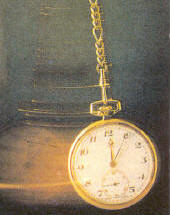Memory creation
Brain
neurotransmitterThe Brain & Spinal Cord
Cranial Nerves
Peripheral Nervous System
Autonomic Nervous System
Senses: Eye diagrams, Hearing, Smell, Taste, Taste & Tongue Sensation, Balance
Memory , Memory types, Creation of Memory
Higher Functions
Altered States
[Top]

Figure 37 Hypnosis
[view large image]
areas suggesting heightened mental imagery. Increased blood flow in the right anterior cingulate cortex suggests that attention is focused on internal events. The brain activity seen in this state is quite different from that seen in normal waking or sleeping.please continue to page-2 of altered brain
- Temporal arteritis
- renal arteritis
- female strokes
- natural makeup
- Hepatitis
- Noise in artery
- breast
- Cbreast chemicals
- mammogram
- strokes
- Bra
- urine
- Bhudda
- Calcium
- D Vitamin
- Amyloid
- spinal nerves
- Green tea
- Day break
- Homeopathy
- renal failure
- Cholestrol
- Vasculitis
- Clay baths
- Steaming Sand Baths
- Coconut oil Benefits
- Deodorants cancer
- Toxic Lipstick
- Niacin deficiency
- Vitamin -D
- Vitamin-C
- Vitamin-E
- Spiritual illness
- Names of Allah
- ACV
- Healthy Oils
- Feet Home
- Beauty Tips for Women
- Celiac disease
- Right Fat Diet
- Apple juice
- Vinegar Benefits
- Supplements
- Cupping
- Alzheimers
- CMT neuropathy